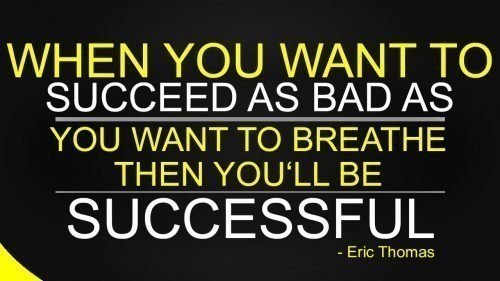
01 Apr How To Make Healthy Changes That You Keep
How To Make Healthy Changes That You Keep
These principles will guide you on how to make healthy changes that you keep. We all know the pattern; we spend hours researching a new diet or exercise plan and can’t wait to get started. Initially, everything goes really well before that first speed bump (or just a hint of doubt). Before we know it, the diet’s over, we haven’t been to the gym in three weeks, and we’re back on the internet looking for the next one.
If you find yourself nodding along to this, don’t feel ashamed because there are millions of others who go through the same process each and every year. With this in mind, we’ve compiled a few tips that will allow you to make life changes that you keep for a better (and healthier!) future. In this guide, we’re going to be focusing on diet and exercise since this is a common goal, but it could equally apply to ANY change you want in life!

Consider it a Change in Lifestyle
In our experience, many people fail because they see diets and meal plans as temporary measures. Rather than just another diet, why not consider your new meal plan a change in lifestyle? This way, it’s just a part of who you are now, and it should be much easier to stick to the plan. Suddenly, the lifestyle change doesn’t have an end date; you’re simply creating a balanced lifestyle for yourself.
Set Goals
For those who laugh off goals, we believe they’ve never tried them properly. According to Statistica, around 45% of Americans set a goal to either lose weight or ‘get in shape’ as a New Year’s resolution at the start of 2018. Thanks to US News & World Report, we also know that a staggering 80% of ALL New Year’s resolutions fail by the time February comes around.
Though this gives us lots of insights, we believe the most important lesson from these statistics is that we aren’t setting clear goals. Rather than just saying ‘I want to start eating healthily’, we need to dig deeper.
• How will I eat healthily?
• What foods will I introduce?
• What foods will I stop buying while shopping?
• How many pounds do I want to lose in the first few months?
• How will I ensure that one setback doesn’t put an end to all my hard work?
With this last point, treating the new diet plan as a lifestyle change is likely to help you overcome obstacles. Rather than a ‘failure’, bad days full of junk food can simply be seen as a ‘setback’. Now, there’s less pressure and making a lasting change becomes much easier.

Too Much, Too Quickly
Ever emptied your cupboards of all junk food while filling the fridge with salad? We’ve all been there. ‘From tomorrow, I’m never eating chocolate ever again’. What happens when we choose this route? That’s right, the same night we start craving all the foods that are now in the bin. As soon as we eat the first chocolate bar, we say ‘oh well, I’ll start again next week’.
Changing a lifestyle can be tough, and this is why we recommend making small changes over a period of time. To start, reduce the amount of junk food you buy with your weekly groceries. Over time, keep reducing it and start replacing bad habits with good ones. Soon enough, you’ll find that your whole mindset has changed, and junk food is kept to a minimum without the deadly cravings that normally come with it.
As has been the theme all the way through, this leads to a new lifestyle and lasting changes. Sure, you might have the odd lapse every so often, but the diet plan will keep you on track and your new lifestyle won’t lead to a whole cheat day (or cheat…three weeks!).






No Comments